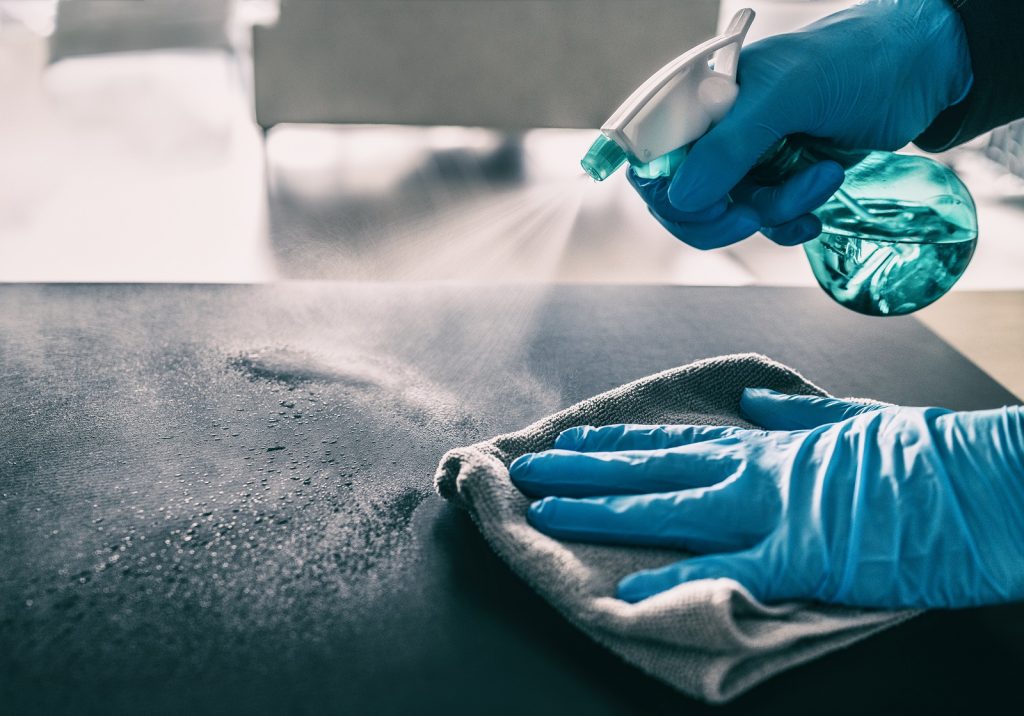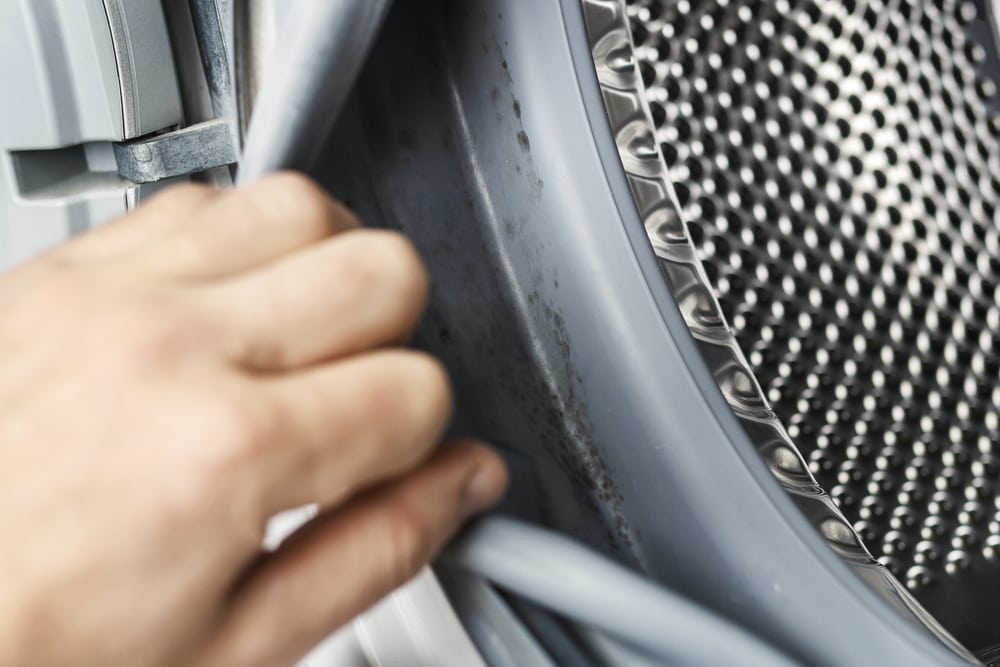
Indoor mold growth is a silent intruder that can compromise both the structural integrity of your home and the health of its occupants. As awareness about indoor air quality continues to rise, so does the demand for effective and accessible mold detection methods. In this comprehensive guide, we will explore the world of mold test kits, shedding light on their significance, different types, and how they empower homeowners to take control of their indoor environment.
Understanding Mold: A Stealthy Invader
Before we delve into the specifics of mold test kits, it’s crucial to understand the nature of mold itself. Mold is a type of fungus that thrives in damp, humid environments. Common sources of indoor mold include water leaks, flooding, inadequate ventilation, and high humidity levels. Beyond the visible signs of mold, such as discoloration on walls or ceilings and musty odors, mold spores can trigger allergies and respiratory issues in sensitive individuals.
The Importance of Mold Testing
Why is mold testing essential? Mold is not always visible, and its presence may go undetected until it reaches a critical point. Regular mold testing serves as a proactive measure, allowing homeowners to identify mold early on and take appropriate action to prevent further damage and potential health risks.
Types of Mold Test Kits
Mold test kits come in various forms, each designed to address specific needs and situations. Let’s explore the main types:
1. Air Sampling Kits:
These kits capture mold spores present in the air. Airborne mold spores can be inhaled and may contribute to respiratory issues. Air sampling kits are useful for assessing overall indoor air quality.
2. Surface Sampling Kits:
These kits collect samples from surfaces where mold is suspected. This could include walls, ceilings, or other areas showing signs of water damage. Surface sampling helps identify the specific types of mold present.
3. DIY Mold Test Kits:
Designed for convenient home use, these kits typically include swabs, tapes, or petri dishes for collecting samples. DIY mold test kits are user-friendly and offer a cost-effective way for homeowners to initiate mold testing.
How Mold Test Kits Work
Mold test kits operate on the principle of sample collection and analysis. Let’s take a closer look at the typical process:
1. Sample Collection:
Depending on the type of kit, samples are collected from the air or surfaces using the provided tools. For air sampling, the kit may include a pump or adhesive strip to capture airborne spores.
2. Analysis:
Once samples are collected, they are sent to a laboratory for analysis. Labs use various methods, including microscopy and DNA analysis, to identify and quantify mold species present in the samples.
3. Interpretation of Results:
The results provide information about the concentration and types of mold present. Many kits include detailed reports or guides to help homeowners interpret the findings.
Pros and Cons of DIY Mold Testing
While DIY mold test kits offer convenience and affordability, it’s essential to be aware of their limitations:
Pros:
– Cost-Effective:
DIY kits are generally more budget-friendly than professional mold testing services.
– Convenience:
Testing can be done at your convenience without waiting for an appointment.
Cons:
– Potential for User Error:
Incorrect sampling techniques or mishandling of samples may lead to inaccurate results.
– Limited Expertise:
DIY kits may not provide the depth of analysis and expertise that professional mold inspectors offer.
– Confirmation Needed:
Results from DIY kits may need confirmation by a certified mold inspector for accuracy.
Professional Mold Testing Services
While DIY kits are a valuable tool for initial screening, there are situations where seeking professional mold testing services is advisable:
1. Extensive Mold Problems:
If you suspect extensive mold growth or hidden mold, a professional can conduct a comprehensive inspection.
2. Health Concerns:
If occupants are experiencing health issues that may be linked to mold exposure, professional testing can provide a more thorough analysis.
3. Accuracy and Certification:
Certified mold inspectors have the expertise to conduct accurate testing and provide certified results, which may be crucial for legal or insurance purposes.
Tips for Using Mold Test Kits Effectively
For those opting for DIY mold testing, here are some practical tips to ensure effective use:
1. Follow Instructions Carefully:
Adhere to the kit’s instructions for sample collection to minimize the risk of errors.
2. Choose the Right Kit:
Select a kit that suits your specific needs, whether it’s air sampling, surface sampling, or a comprehensive DIY kit.
3. Multiple Samples:
If possible, collect samples from different areas within your home to obtain a more comprehensive picture of mold presence.
4. Timely Analysis:
Send collected samples to the laboratory promptly to ensure accurate and timely results.
Interpreting Mold Test Results
Once you receive the results of your mold test, understanding the findings is crucial. Here’s a basic guide:
1. Types of Mold:
Results will typically list the types of mold identified in the samples. Some molds are more concerning than others, and the report may indicate whether professional remediation is recommended.
2. Concentration Levels:
Results often include information on the concentration or spore count of each mold type. Elevated levels may indicate a more significant issue.
3. Comparison with Outdoor Mold:
In some cases, results may compare indoor mold levels to outdoor levels for context.
Preventing Mold Growth
The ultimate goal of mold testing is not just to identify the problem but also to empower homeowners to take preventive measures. Consider the following tips to minimize the risk of mold growth:
1. Maintain Optimal Humidity:
Keep indoor humidity levels between 30-50% to create an environment less conducive to mold growth.
2. Proper Ventilation:
Ensure proper ventilation in areas prone to moisture, such as bathrooms and kitchens, to prevent condensation.
3. Promptly Address Leaks:
Repair any leaks in roofs, plumbing, or foundations promptly to eliminate potential water sources for mold.
4. Regular Home Maintenance:
Conduct regular inspections of your home for signs of water damage and address any issues promptly.
Conclusion
Mold test kits provide an accessible and valuable tool for homeowners to assess and monitor indoor air quality. While DIY kits offer convenience, it’s essential to understand their limitations and when to seek professional assistance. Regular mold testing, coupled with preventive measures, empowers individuals to create a healthy living environment for themselves and their families. By taking control of indoor air quality, homeowners can enjoy peace of mind and safeguard their homes from the stealthy intruder that is mold.
Professional Mold testing and Assessment in Coral Gables, Pinecrest, Miami or other parts of Florida
For professional mold assessment and mold removal in Coral Gables, Pinecrest, Miami or other parts of Florida, call us on +1 305 894-4343.



 PuroClean of Coral Gables
PuroClean of Coral Gables